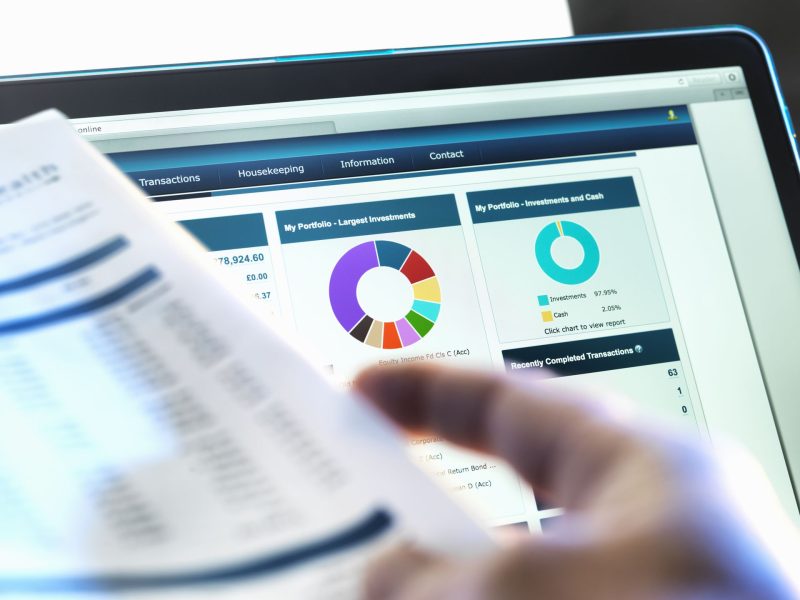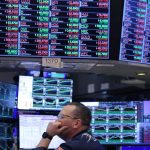In the midst of economic uncertainty and central bank actions, many investors are exploring alternative investment options such as high-yield bonds as a means to generate attractive returns. With the Federal Reserve weighing a potential interest rate cut, the investment landscape is evolving, prompting individuals to consider various strategies for maximizing their savings and investment potential.
One of the key attractions of high-yield bonds is their ability to offer investors higher returns compared to traditional investment-grade bonds. These bonds, also known as junk bonds, are issued by companies with lower credit ratings, which often translates to higher yields to compensate investors for the added risk. As the Fed contemplates lowering interest rates to stimulate the economy, high-yield bonds may become an appealing option for those seeking higher returns in a low-rate environment.
Diversification is a fundamental principle in investment management, and this holds true when considering high-yield bonds as well. While these bonds can offer attractive yields, they also come with increased risk due to the lower credit quality of the issuers. By diversifying their portfolio across different asset classes, including high-yield bonds, investors can potentially reduce the overall risk and enhance their chances of achieving their financial goals.
In addition to high-yield bonds, individuals looking to optimize their savings and investments can explore a variety of other strategies. For example, creating an emergency fund with three to six months’ worth of living expenses can provide a financial safety net in case of unexpected events such as job loss or medical emergencies. By setting aside a portion of their income into a high-yield savings account or money market fund, individuals can earn a competitive interest rate on their savings while maintaining liquidity.
Furthermore, investing in dividend-paying stocks can be another effective way to generate passive income and build wealth over time. Companies that have a consistent track record of paying dividends not only provide investors with a regular income stream but also have the potential for capital appreciation. Dividend reinvestment plans (DRIPs) allow investors to reinvest their dividend income back into purchasing additional shares, compounding their returns over the long term.
As the Federal Reserve considers the implications of an interest rate cut on the economy, investors are adapting their savings and investment strategies to navigate the changing financial landscape. High-yield bonds, along with prudent diversification, emergency fund allocation, and dividend-paying stocks, present viable options for individuals seeking to optimize their savings and grow their wealth over time. By carefully assessing their risk tolerance and investment objectives, investors can construct a well-rounded portfolio that aligns with their financial goals and positions them for long-term success in a dynamic market environment.



